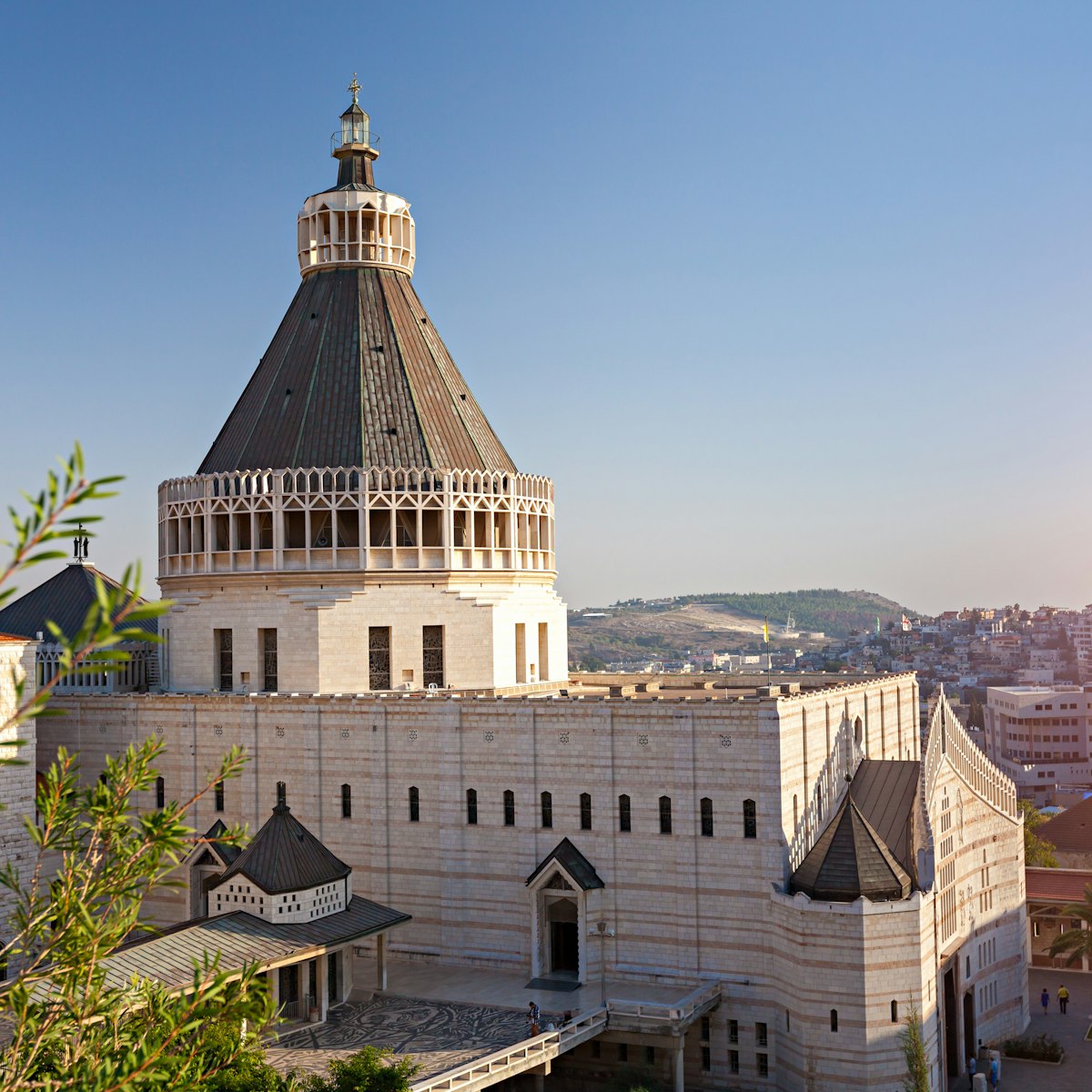St John predicted the last great battle on earth would take place at this sun-scorched hill, better known as Armageddon (Revelation 16:16). Aside from scuttling lizards, all's quiet today. Walking trails connect remnants from more than 25 distinct historical periods from 4000 BC to 400 BC. Only rubble remains of prayer structures and water cisterns, though a 15-minute introductory film and signposting offer tantalising historical details. There are expansive views, too: you'll see the Four Horsemen coming from miles away.
Megiddo has been the scene of many battles throughout the ages. Hieroglyphics on the wall of Karnak Temple in Luxor, Egypt, describe a battle in which Tuthmosis III quashed a rebellion at Megiddo in 1457 BC. Megiddo remained a prosperous Egyptian stronghold for at least 100 years and later on held out against the Israelites (Judges 1:27), probably only falling to David. Under his son Solomon, Megiddo was transformed into one of the jewels of the Israelite kingdom and became known as the Chariot City – excavations have revealed traces of stables extensive enough to have held thousands of horses.
For a while Megiddo was a strategic stronghold on the important trade route between Egypt and Assyria, but by the 4th century BC the town had inexplicably become uninhabited. However, its strategic importance remained, and among the armies that fought here were the British in WWI. On being awarded his peerage, General Edmund Allenby took the title Viscount Allenby of Megiddo. Jewish and Arab forces clashed here during the 1948 war.
The most tangible aspect of the excavations is the 9th-century-BC water system, which consists of a shaft sunk through solid rock down to a 70m tunnel. This hid the city’s water source from invading forces, rather like Hezekiah’s Tunnel in Jerusalem (though there is no water to slosh through here). Save the tunnel until last, as the 183-stair descent leads you out of the site, depositing you on a side road some 600m from the visitor centre.
Megiddo is 37km southeast of Haifa (along Rtes 75, 70 and 66), 45km east of Caesarea (via Rte 65) and 13km southwest of Afula (in the Jezreel Valley). Infrequent bus 300 from Haifa-Merkazit HaMifratz bus station takes 40 minutes to reach the intersection of Rte 66 and Tel Megiddo; it's a short walk to the site. By car it's an easy half-day trip from Haifa, Caesarea or Zichron Ya’akov (all less than one hour's drive).








